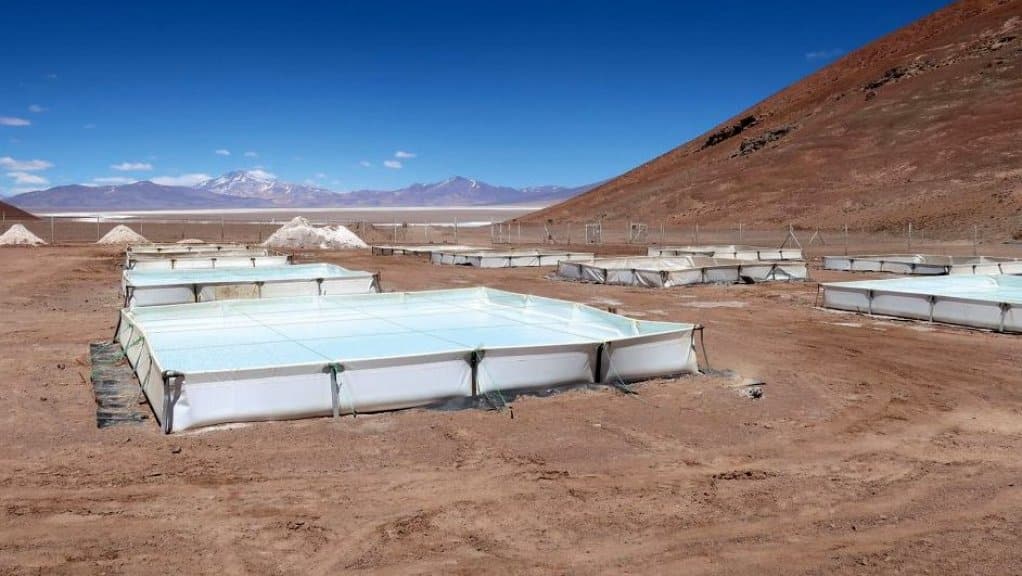Chile’s State-run miner Codelco plans to select a partner for a future lithium project in one of the country’s top salt flats, Maricunga, in the first quarter next year, Chairman Maximo Pacheco said on Monday.
Codelco, Chile’s top copper producer, is entering the lithium business under the mandate President Gabriel Boric‘s government announced last year to boost the state’s role in Chile’s lithium mining, the world’s second-largest after Australia.
The new project in Maricunga comes after Codelco boosted its presence in the salt flat to about 65% after completing its purchase of Australia’s Lithium Power International in March.
Pacheco said in an interview that Codelco hired Rothschild to scout for interested companies through the end of the year, and that the selected partner will get a 49% share of the project.
Codelco is also pursuing a joint venture with Chile’s SQM in the Atacama salt flat, the best of its type for lithium in the world due to its high concentration of the ultralight metal, which is key to the green energy transition.
Pacheco said the companies will “definitely” meet a May 31 deadline after the date was pushed back two months, and said the negotiation had been complicated by extensive due diligence and dialogue with communities concerned over the local water supply.
Several local groups on Monday said they were pulling out of the talks, in which 18 communities participate, because they did not perceive a good faith effort by the companies to negotiate, and did not see eye-to-eye with the other indigenous groups.
As part of a preliminary deal, SQM agreed to hand over its concessions in the Maricunga to Codelco, and Pacheco said SQM would not be in the running for the Marciunga project due to its focus in the Atacama.
The winner, Pacheco said, would not necessarily need to offer a strategy for direct lithium extraction (DLE) – the technologies that provide an alternative to water-intensive evaporation ponds, and that are still largely unproven.
“We realize that we have to transition from traditional evaporation technologies to other technologies with less environmental impact. And we know that we have to do it gradually,” he said.
“We can’t start with full DLE on the first day.”
Speaking at the CRU World Copper Conference and CESCO Week, which comprise the largest annual gathering of industry executives and analysts, Pacheco said the company is also devoting $4-billion this year to boost copper production, which in 2023 hit a quarter-century low.
At the Teniente complex, work to open the Andesita mine is 40% complete with production expected to begin at the end of October, while at Chuquicamata, Codelco expects its request for an environmental permit for upgrades, submitted in January, to take a year to be approved.
“We’re building and developing four mega-projects to be able to sustain and increase our production, that obviously has all the risks you can imagine,” he said.
Whether Codelco will need to seek more debt financing will depend on the strength of copper prices, he said. Although he declined to offer an estimate for pricing this year, Pacheco said market fundamentals look strong, particularly as the energy transition pushes demand for copper.



